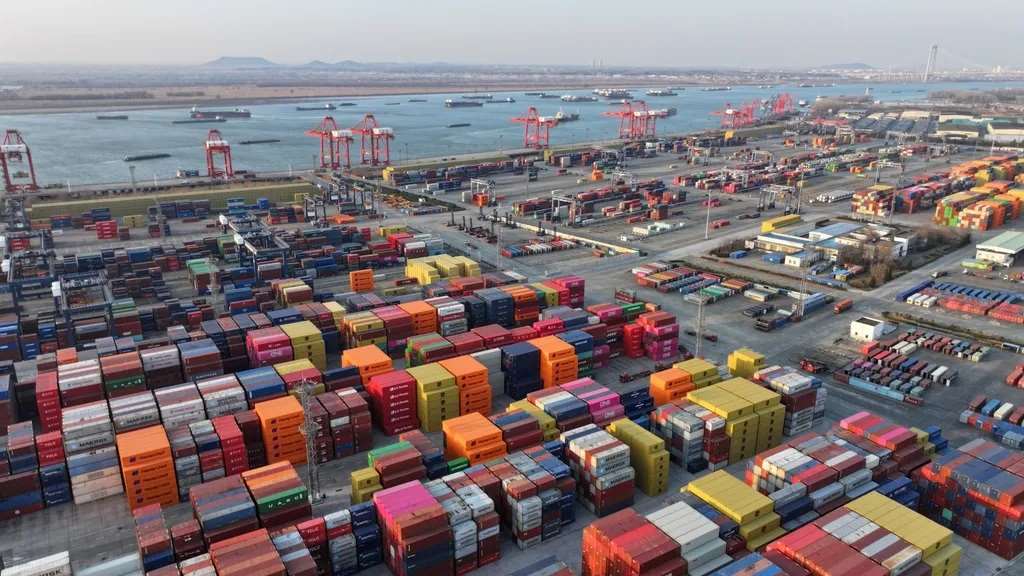
From the point of view of global apparel import trends, the recent rise in Bangladesh's Ready-Made Garment (RMG) exports reveals a compelling picture. The first half of fiscal year 2024-25 shows a significant rise across major markets, highlighting shifts in sourcing strategies and evolving consumer demands.
The EU, a cornerstone of Bangladeshi RMG exports
The European Union's continued dominance as Bangladesh's primary market is undeniable. Accounting for roughly 50 per cent of the total RMG exports, the EU's imports reached $9.87 billion, a 15.22 per cent increase year-over-year.
Table: Bangladesh RMG exports to EU markets (July-Dec 2024-25)
|
Country |
Import value ($ bn) |
Growth rate (%) |
|
Germany |
2.47 |
14 |
|
Spain |
1.7 |
3 |
|
Netherlands |
1.06 |
>10 |
|
France |
1.09 |
>10 |
|
Poland |
0.79 |
28 |
|
Italy |
0.77 |
<10 |
|
Denmark |
0.56 |
>10 |
Diversification and growth: While Germany remains the top importer, the substantial growth in countries like Poland (28 per cent) indicates a diversification of import destinations within the EU. This could reflect changing consumer preferences or strategic sourcing decisions by retailers.
Varying growth rates: The disparity in growth rates, from Poland's high to Spain's modest increase, suggests that market-specific factors are at play. These could include economic conditions, retail trends, and competitive pressures.
The US a strategic shift
The US which accounts for 19-20 per cent of Bangladesh's total RMG exports, has emerged as a crucial growth market. The 17.55 per cent increase in imports ($3.84 billion) is significant, particularly in light of geopolitical trade tensions.
The imposition of tariffs on Chinese goods by the US has created a window of opportunity for alternative sourcing destinations like Bangladesh. Therefore, US buyers are actively seeking to diversify their supply chains to mitigate risks associated with reliance on a single source. This shift is not merely about cost; it also reflects concerns about supply chain resilience and ethical sourcing.
Expanding horizons
Bangladesh's success is not limited to traditional markets. The 6.70 per cent growth in exports to the UK ($2.16 billion) and the 14 per cent increase in exports to Canada ($640 million) are noteworthy. Furthermore, the strong performance in emerging markets, with a total of $3.37 billion, demonstrates Bangladesh's growing competitiveness.
Table: Bangladesh RMG exports to emerging markets (July-Dec 2024-25)
|
Country |
Import value ($ mn) |
Growth rate (%) |
|
Japan |
600 |
5.7 |
|
Australia |
430 |
7.5 |
|
India |
370 |
18 |
|
Korea |
230 |
2.84 |
|
Turkey |
220 |
43 |
India's rise: The 18 per cent growth in exports to India is particularly significant, reflecting the growing demand for affordable apparel in the expanding Indian market.
Turkey's remarkable growth: The 43 per cent growth in exports to Turkey highlights the potential of this market.
Diversification: The expanding footprint in markets like Australia, Japan, and Korea showcases Bangladesh's ability to cater to diverse consumer preferences.
Despite the positive trends, challenges remain. As noted by the BKMEA president, buyers are demanding lower prices despite rising production costs. This could squeeze profit margins for Bangladeshi manufacturers. Infrastructure and supply chain bottlenecks are another bane. Gas and electricity shortages, as well as reliance on imported yarn, pose significant challenges to the industry. Banking activities and law and order situations also need to be addressed to sustain export growth.











